Greening the Blue Report 2016
The United Nations emitted 2 million tonnes of carbon dioxide (CO2) equivalent in 2015, according to the organization's annual report of its greenhouse gas emissions. The latest edition of the Greening
The United Nations emitted 2 million tonnes of carbon dioxide (CO2) equivalent in 2015, according to the organization's annual report of its greenhouse gas emissions. The latest edition of the Greening
Creating favourable conditions for modern solar lighting markets can provide a low-cost solution to reducing carbon emissions, indoor air pollution and health risks, while bringing electricity to an estimated
Redirecting financial flows towards efficient, clean and inclusive economic activities in Asia Pacific and away from polluting, resources intensive activities is crucial to the region's future sustainable
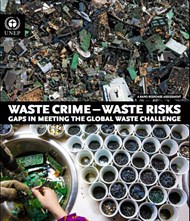
Up to 90 per cent of the world's electronic waste, worth nearly US $19 billion, is illegally traded or dumped each year, according to a report released by the United Nations Environment Programme (UNEP).
Africa faces a myriad of hurdles on its way to achieving the Millennium Development Goals (MDGs) and the post-2015 development agenda. Climate change, population growth, youth bulge, widespread unemployment,
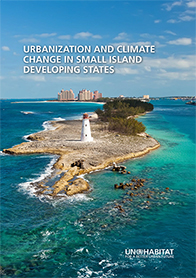
This document provides a contextual understanding of the challenges and opportunities of climate change in relation to human settlements in Small Island Developing States (SIDS). It is a collection of
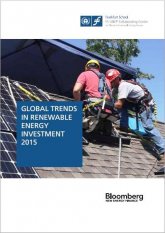
Global investments in renewable energy rebounded strongly last year, registering a solid 17% increase after two years of declines and brushing aside the challenge from sharply lower crude oil prices.
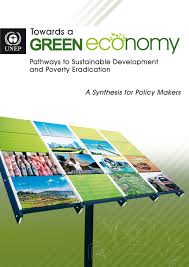
The Green Economy Africa Synthesis Report launched at the African Ministerial Conference on Environment (AMCEN) which highlights the key findings of agriculture, energy, water, fisheries, buildings, manufacturing,

A shift to a green economy pathway could lead Egypt to achieve annual savings of over US$1.3 billion in the agriculture sector, and US$1.1 billion in the water sector, as well as a 13 per cent reduction

<p><a href="http://www.indiaenvironmentportal.org.in/files/file/Africa_Mountains_Atlas1.pdf" target="_blank"><img alt="" src="http://indiaenvironmentportal.org.in/media/iep/homepage/download.jpg" style="width:
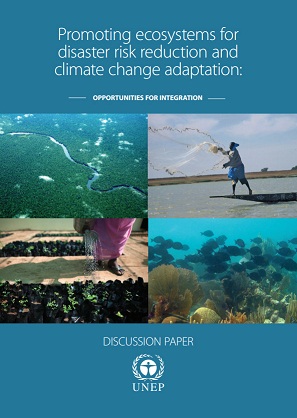
This paper seeks to highlight the differences and commonalities between ecosystem-based approaches to adaptation (EBA) and ecosystem-based approaches to disaster risk reduction (Eco-DRR) and suggests key